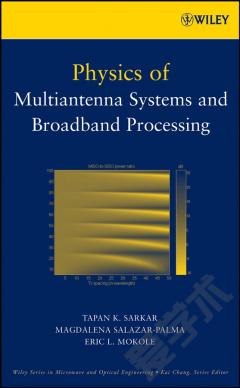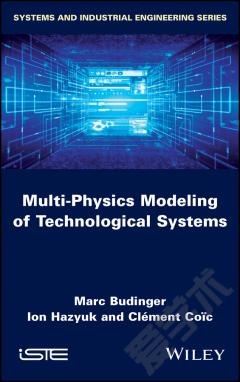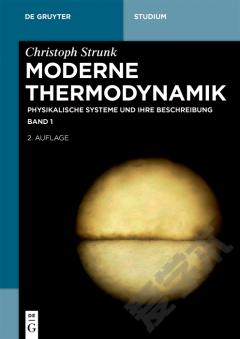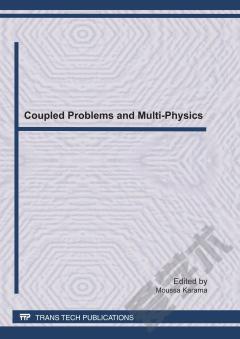Physics of Multiantenna Systems and Broadband Processing
Preface. Acknowledgments. Chapter 1. What is an Antenna and How Does it Work? Chapter 2. Fundamentals of Antenna Theory in the Frequency Domain. Chapter 3. Fundamentals of an Antenna in the Time Domain. Chapter 4. A Look at the Concept of Channel Capacity from a Maxwellian Viewpoint. Chapter 5. Multiple-Input-Multiple-Output (MIMO) Antenna Systems. Chapter 6. Use of the Output Energy Filter in Multiantenna Systems for Adaptive Estimation. Chapter 7. Minimum Norm Property for the Sum of the Adaptive Weights in Adaptive or in Space-Time Processing. Chapter 8. Using Real Weights in Adaptive and Space-Time Processing. Chapter 9. Phase-Only Adaptive and Space-Time Processing. Chapter 10. Simultaneous Multiple Adaptive Beamforming. Chapter 11. Performance Comparison Between Statistical-Based and Direct Data Domain Least Squares Space-Time Adaptive Processing Algorithms. Chapter 12. Approximate Compensation for Mutual Coupling Using the In Situ Antenna Element Patterns. Chapter 13. Signal Enhancement Through Polarization Adaptivity on Transmit in a Near-Field MIMO Environment. Chapter 14. Direction of Arrival Estimation by Exploiting Unitary Transform in the Matrix Pencil Method and its Comparison with ESPRIT. Chapter 15. DOA Estimation Using Electrically Small Matched Dipole Antennas and the Associated Cramer-Rao Bound. Chapter 16. Non-Conventional Least Squares Optimization for DOA Estimation Using Arbitrary-Shaped Antenna Arrays. Chapter 17. Broadband Direction of Arrival Estimations Using the Matrix Pencil Method. Chapter 18. Adaptive Processing of Broadband Signals. Chapter 19. Effect of Random Antenna Position Errors on A Direct Data Domain Least Squares Approach for Space-Time Adaptive Processing. Index.
{{comment.content}}








 京公网安备 11010802027623号
京公网安备 11010802027623号